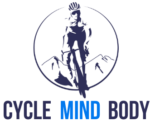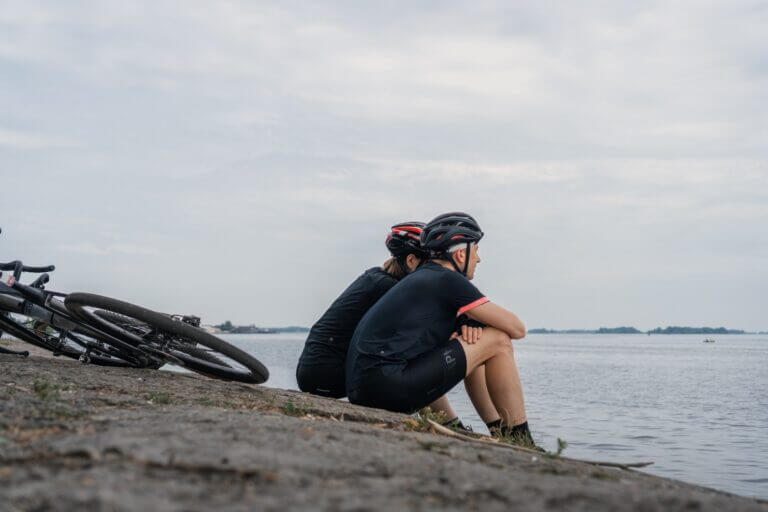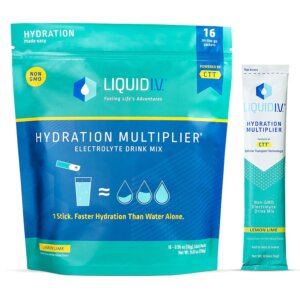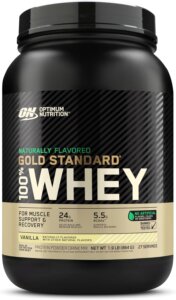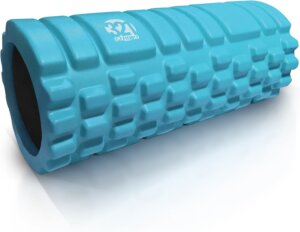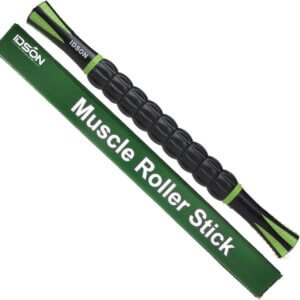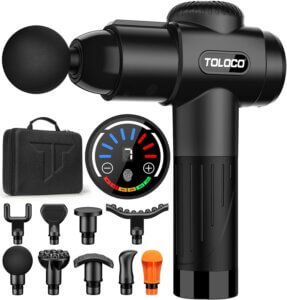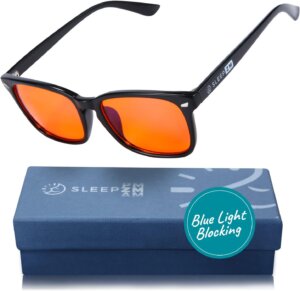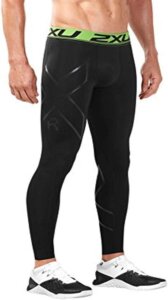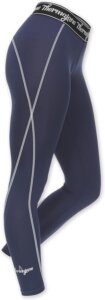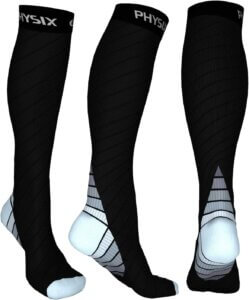This website uses affiliate links which may earn a commission at no additional cost to you.
As an Amazon Associate we earn from qualifying purchases.
Cycling is not only an exhilarating outdoor activity but also a fantastic way to stay fit and explore new places, taking you on thrilling journeys through scenic landscapes and picturesque routes.
As you pedal your way through challenging terrains and conquer steep hills, your body is put to the test, and the exhilaration of cycling can sometimes overshadow the importance of recovery.
Proper recovery after a cycling session is not merely a passive process; it is an active and essential aspect of your overall training regimen. It plays a crucial role in maximizing your performance, preventing injuries, and sustaining your passion for cycling in the long run.
Just like a well-maintained bike, your body requires thoughtful care and attention to keep functioning at its best.
In this article, we will delve into five essential steps to help you recover effectively after a ride. Whether you are a casual cyclist who enjoys leisurely rides on the weekends or a dedicated cyclist preparing for competitive events, these recovery techniques will benefit you.
1. Cool Down: The First Step to Recovery
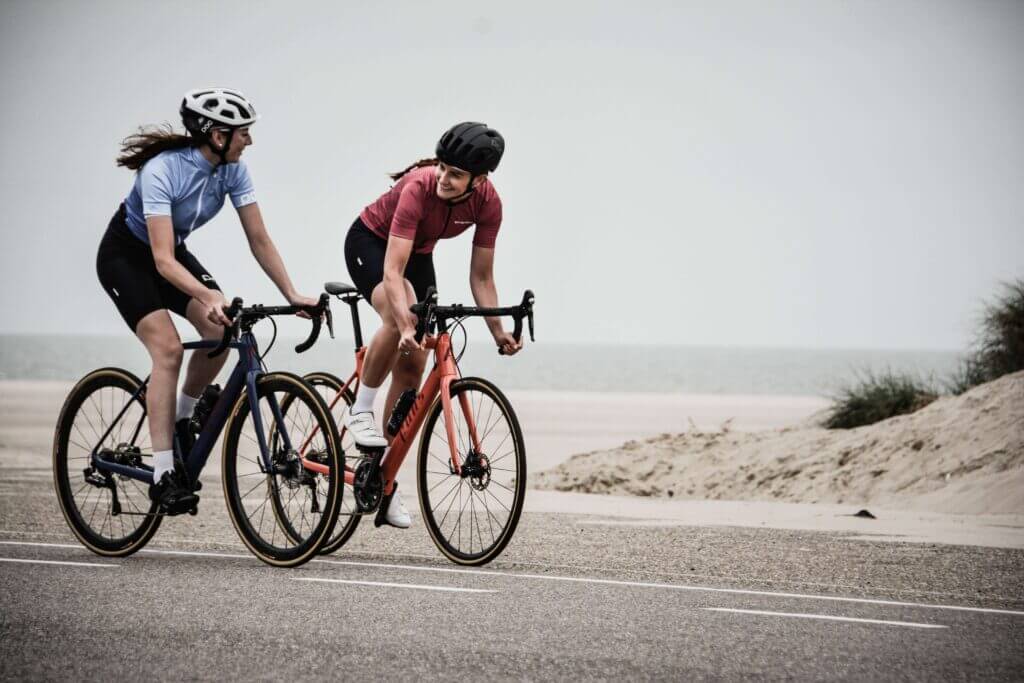
After an invigorating cycling session, your heart may be pumping, and your muscles may be tingling with the thrill of the ride. As tempting as it may be to dismount and call it a day, taking a few minutes for a proper cool down is an essential first step in the recovery process.
A well-executed cool down can make a significant difference in how your body responds to the demands of the ride, allowing you to bounce back quicker and stronger for your next adventure.
Transitioning from intense cycling to a sudden stop can cause blood to pool in your legs, potentially leading to dizziness or faintness. By gradually reducing your cycling intensity, you give your cardiovascular system a chance to gradually adapt, allowing your heart rate to decline steadily.
The cool-down process can vary depending on the intensity and duration of your ride. A general guideline is to continue cycling at a reduced pace for about 5 to 10 minutes. During this time, focus on maintaining a steady but relaxed pedaling rhythm. A lower gear or flat terrain can help keep the intensity low, allowing your heart rate to gradually return to a normal range.
While cooling down, you may also engage in active recovery techniques, such as spinning the pedals in a reverse direction, to promote blood flow and assist in the removal of metabolic waste products. These waste products, including lactic acid, can build up during intense exercise and contribute to muscle soreness and fatigue.
Besides helping your cardiovascular system adjust, a proper cool down also benefits your muscles. During cycling, your muscles contract repeatedly, and the demand for oxygen and nutrients increases.
By gradually reducing the intensity, you allow the circulatory system to deliver oxygen-rich blood and essential nutrients to your working muscles. This enhanced blood flow supports the recovery process and aids in the repair of any microtears that may have occurred during the ride.
The cool-down phase is also an opportune time to incorporate some light stretching. While your muscles are warm, gentle static stretches can help improve flexibility and reduce muscle tension.
Focus on areas that are commonly tight in cyclists, such as the quadriceps, hamstrings, and calves. Remember to hold each stretch for about 15 to 30 seconds without bouncing, as bouncing can lead to injury.
A cool down should be a calming experience. As you pedal at a leisurely pace and engage in stretching, take the time to reflect on your ride and appreciate the joy of cycling.
2. Rehydration and Nutrition: Fuel Your Body Right
As you arrive home from your ride and get off your bike, it’s time to shift your focus from the bike to your body. The intense physical exertion of cycling causes you to sweat profusely, leading to the loss of essential fluids and electrolytes.
Rehydration and nutrition are critical components of post-cycling recovery, ensuring your body receives the necessary replenishment to repair muscles, recharge energy stores, and prepare for the next ride.
Rehydration
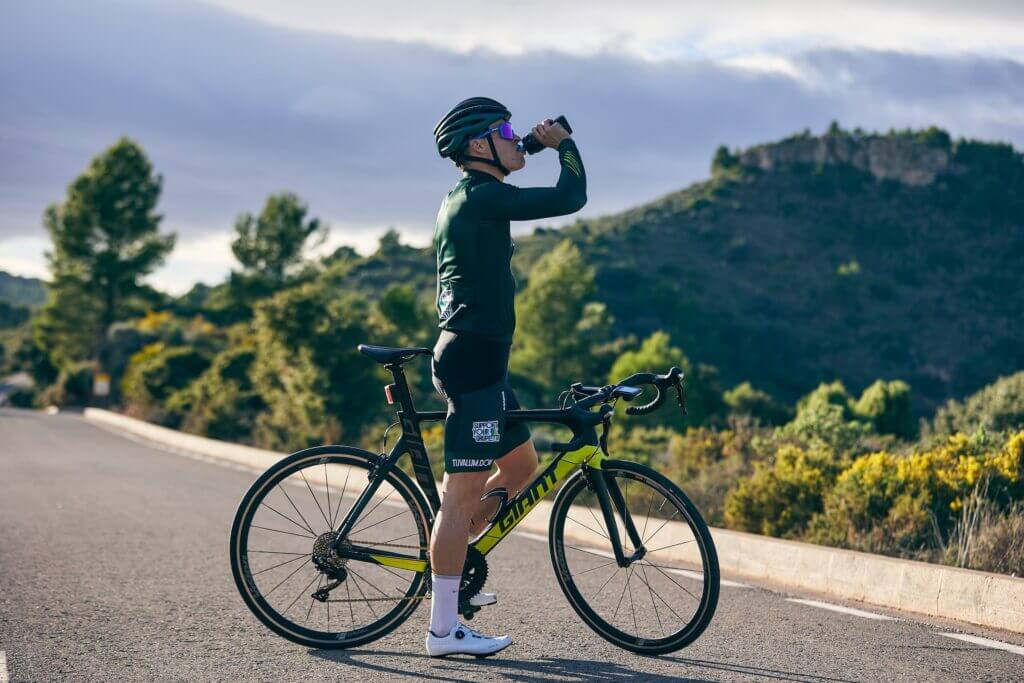
Rehydration is the first order of business after your cycling session. Properly replenishing lost fluids is vital for maintaining optimal physiological functions and preventing dehydration.
Water is the primary component of rehydration, but when you sweat, you also lose electrolytes like sodium, potassium, and magnesium. These electrolytes are essential for nerve function, muscle contractions, and fluid balance in your body. Therefore, it’s important to opt for beverages that contain both water and electrolytes.
One of the most effective ways to rehydrate after cycling is to consume an electrolyte drink. Commercial sports drinks are readily available, but you can also make your own by mixing water with a pinch of salt and a splash of fruit juice. This homemade electrolyte solution provides a balanced combination of fluids and essential minerals, promoting rapid rehydration.
Nutrition
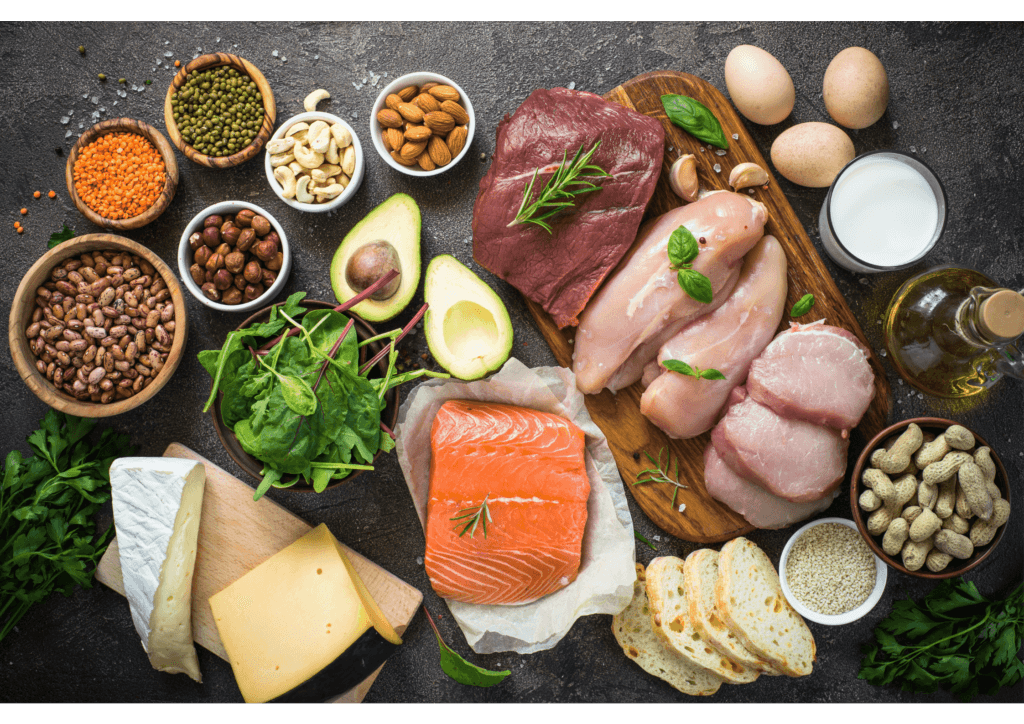
Once your hydration needs are met, it’s time to address your nutritional requirements. Refueling with the right nutrients is crucial for muscle repair and replenishing glycogen stores in your liver and muscles.
Glycogen is the primary source of energy during endurance exercises like cycling, and depleting these stores can lead to fatigue and reduced performance.
Within the first hour after your ride, consume a balanced meal that includes carbohydrates, proteins, and healthy fats. Carbohydrates are essential for replenishing glycogen, and incorporating both simple and complex carbohydrates is recommended.
Simple carbohydrates, such as fruits or energy gels, provide a quick energy boost, while complex carbohydrates, like whole grains and sweet potatoes, release energy gradually, sustaining your endurance.
Including an adequate amount of protein in your post-cycling meal is crucial for muscle repair and recovery. Proteins contain amino acids, the building blocks of muscle tissue. Lean sources of protein, such as chicken, fish, tofu, or plant-based options like lentils and quinoa, are excellent choices to support your recovery process.
Don’t forget about healthy fats, which play a role in reducing inflammation and supporting overall health. Incorporate sources of unsaturated fats, such as avocados, nuts, and olive oil, into your post-ride meal.
Additionally, consider consuming a small snack or recovery shake immediately after your ride to kickstart the recovery process even before your main meal. A quick and easily digestible snack with carbohydrates and protein can help jumpstart glycogen restoration and support muscle repair.
Hydration and nutrition are ongoing processes, not just isolated to the immediate post-ride period. Throughout the day, continue to drink water and consume balanced meals and snacks. Eating a variety of nutrient-dense foods ensures that your body receives all the vitamins and minerals it needs to recover and perform optimally.
3. Stretching and Foam Rolling: Relax Tight Muscles

After hours on the bike, it’s common to experience soreness and tightness in your muscles once you dismount. The physical demands of cycling can lead to muscle tension, particularly in areas like the hamstrings, quadriceps, and calves.
To counteract this tightness and enhance your recovery, incorporating stretching and foam rolling into your post-cycling routine can work wonders for your body.
Stretching is a fundamental practice that promotes flexibility, relieves muscle tension, and reduces the risk of injuries. As your muscles warm up during cycling, they become more pliable, making it an ideal time to engage in static stretching.
Static stretches involve holding a position for a set duration, allowing the muscle to elongate and relax. Begin your stretching routine by focusing on the major muscle groups used during cycling.
For your quadriceps, stand tall and bring your heel towards your glutes, holding the ankle with your hand. Feel the stretch along the front of your thigh and hold for about 15 to 30 seconds on each leg.
For the hamstrings, sit down with one leg extended, and gently reach for your toes, feeling the stretch in the back of your thigh. Again, hold for about 15 to 30 seconds on each leg.
Continue with calf stretches, hip flexor stretches, and stretches for your lower back and glutes. Each stretch should be performed with controlled movements and without bouncing. Bouncing during stretches can lead to muscle strain and should be avoided.
Foam rolling, also known as self-myofascial release, complements stretching by targeting trigger points and tight spots in your muscles. Using a foam roller, you can apply gentle pressure to these areas, promoting blood flow and releasing tension. Foam rolling helps to break up muscle knots and adhesions, which can result from repetitive movements during cycling.
When using a foam roller, start with a slow and controlled rolling motion over the targeted muscle area. If you encounter a tender spot, pause and apply steady pressure for about 20-30 seconds until you feel the muscle tension release. Remember to breathe deeply and relax as you roll.
Focus on foam rolling the major muscle groups like your quadriceps, hamstrings, IT bands, calves, and glutes. You can also target other areas that feel particularly tight or sore after your ride. Just like stretching, foam rolling should be performed gently and without excessive force to avoid causing harm to your muscles.
Incorporating a combination of static stretching and foam rolling in your post-cycling routine can contribute to enhanced muscle flexibility and reduced muscle soreness. By regularly engaging in these practices, you improve your body’s range of motion, which can lead to more efficient cycling movements and reduced risk of overuse injuries.
4. Rest and Sleep: Let Your Body Heal
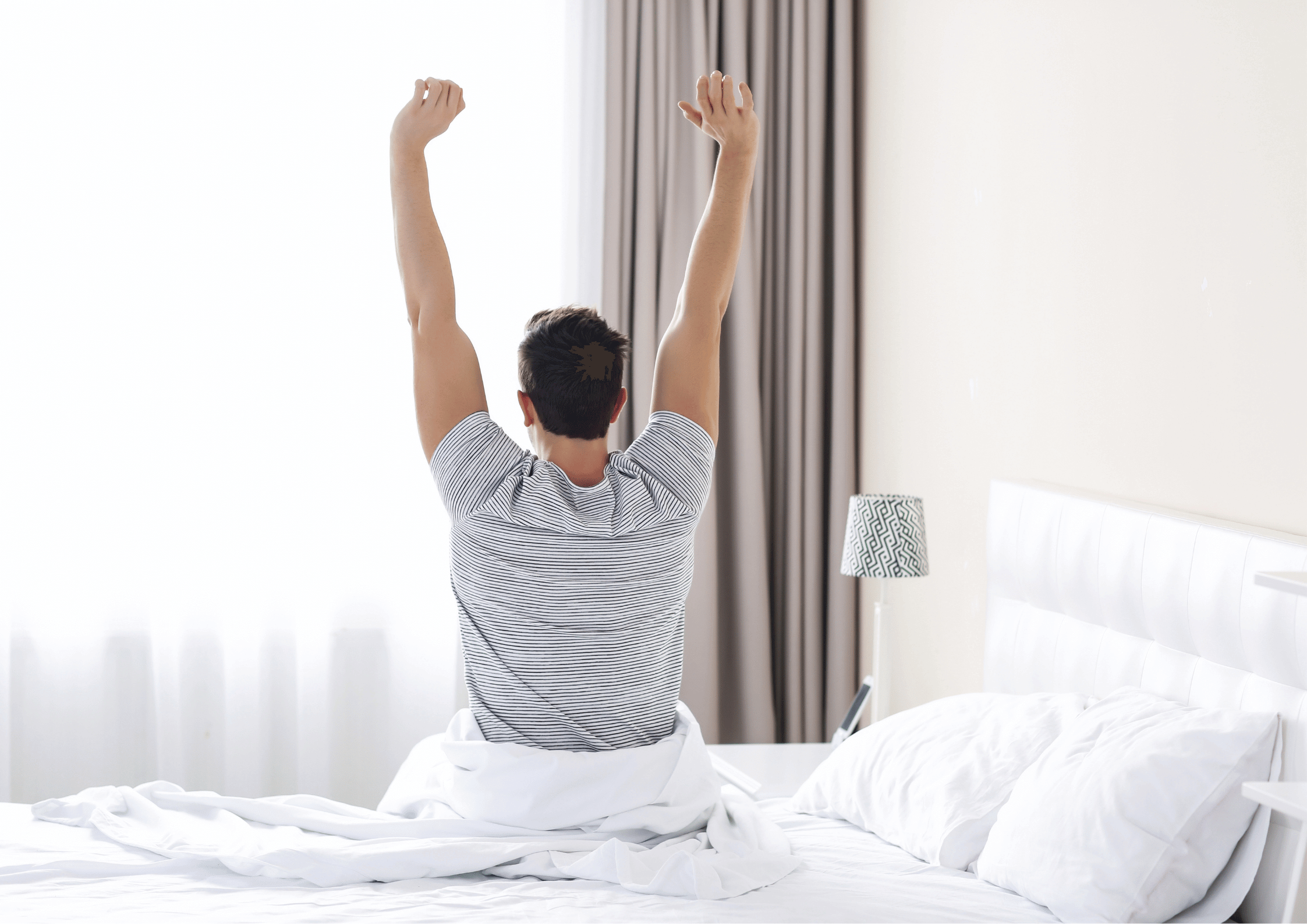
The excitement and adrenaline of cycling can sometimes make it challenging to wind down and allow your body the rest it truly needs to recover. In the pursuit of peak performance and continuous improvement, many cyclists may overlook one of the most potent recovery tools available to them: rest and sleep.
Rest is not merely the absence of physical activity; it is an active process during which your body works diligently to repair and strengthen the tissues stressed during your ride. While engaging in cycling, your muscles undergo microtears and experience fatigue.
Rest provides the opportunity for these muscles to rebuild and grow stronger, leading to improved performance and overall well-being.
Quality sleep, on the other hand, is a cornerstone of successful recovery. It is during sleep that your body undergoes the majority of its healing processes. As you drift into slumber, your body enters different sleep stages, each playing a vital role in your overall recovery.
During deep sleep, also known as slow-wave sleep, your body releases growth hormones, which are instrumental in repairing and rebuilding tissues. This phase of sleep contributes significantly to muscle recovery and physical restoration. It is also the stage where your brain consolidates memories and learning, fostering cognitive function and mental alertness.
REM (Rapid Eye Movement) sleep is another critical sleep stage that supports recovery. During REM sleep, your brain is highly active, and it is when dreaming occurs. This phase is essential for emotional regulation, memory consolidation, and creative problem-solving.
To optimize your recovery through rest and sleep, prioritize getting 7 to 9 hours of sleep per night. Create a conducive sleep environment that is cool, dark, and free from distractions. Establish a consistent sleep schedule, going to bed and waking up at the same time each day, even on weekends.
As an athlete, you might encounter challenges in falling asleep due to the residual excitement from your cycling experiences. To facilitate relaxation before bedtime, establish a pre-sleep routine that avoids bright lights such as phones and screens, as they can disrupt your body’s natural sleep-wake cycle.
Instead, engage in calming activities like reading, gentle stretching, or practicing mindfulness or meditation to ease your mind and prepare your body for restful sleep.
Additionally, consider taking short naps during the day, especially after particularly demanding rides. A nap of around 20-30 minutes can boost your energy levels and enhance cognitive function without interfering with your nighttime sleep.
You should pay attention to your sleep quality. If you frequently wake up feeling tired or experience disturbances during the night, consult a healthcare professional to rule out any underlying sleep disorders or other health concerns.
Understanding the vital role that rest and sleep play in your recovery journey is crucial for becoming a well-rounded and resilient cyclist. By giving your body the time it needs to heal and regenerate, you empower yourself to push your limits and achieve new milestones in your cycling pursuits.
5. Compression Garments: Enhancing Circulation and Recovery

As you strive for peak performance and faster recovery in your cycling journey, compression garments have emerged as a popular tool embraced by athletes worldwide. These snug-fitting garments, often made of elastic materials, exert graduated pressure on specific muscle groups.
The concept behind compression wear is to enhance circulation, reduce muscle vibration, and provide additional support to your muscles during and after intense physical activities like cycling.
One of the primary benefits of compression garments is their ability to promote blood flow to the muscles. The gentle pressure applied by the garments helps to improve the circulation of oxygenated blood to the working muscles and enhances the removal of metabolic waste products, such as lactic acid.
This increased blood flow supports the delivery of essential nutrients and oxygen to your muscles, expediting the recovery process.
Compression wear is particularly beneficial during prolonged rides or strenuous training sessions. The continuous muscle contractions during cycling can cause blood to pool in certain areas, leading to a reduction in oxygen supply and an increase in muscle fatigue.
By wearing compression garments, you can counteract this effect and maintain consistent blood flow, reducing the risk of cramps and improving endurance.
Many cyclists find compression wear particularly useful during the post-cycling recovery phase. Wearing compression garments after a ride can aid in reducing muscle soreness and minimizing the swelling that may occur due to microtears in the muscle fibers.
By promoting a faster recovery, compression garments allow you to bounce back more quickly for your next ride or training session.
It’s important to note that compression garments come in different levels of pressure and sizes. When choosing compression wear, ensure that you select the appropriate size for a snug fit without causing discomfort or constriction. Graduated compression, where the pressure is highest at the extremities and gradually decreases towards the heart, is generally recommended for most athletes.
While compression garments have shown promising results in improving circulation and recovery, individual responses may vary. Some cyclists may find significant benefits in wearing compression wear, while others may not notice a substantial difference. It’s essential to experiment with compression garments during your training and recovery routines to determine what works best for your body.
